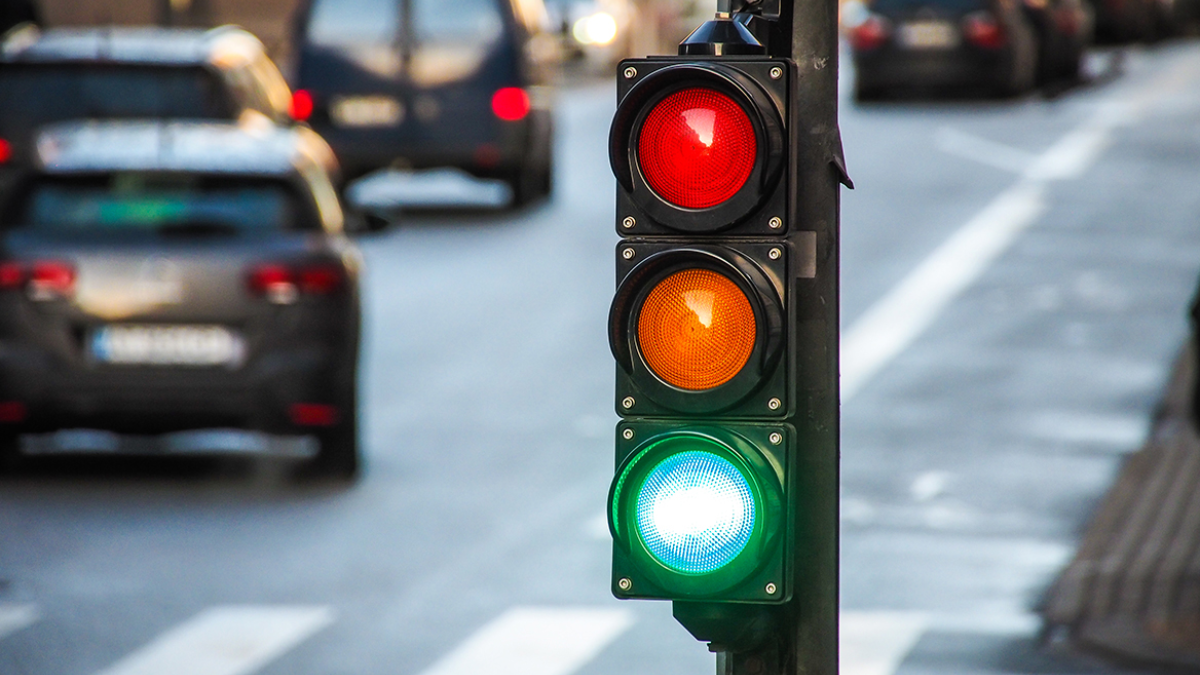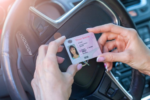Maine’s right-of-way laws are designed to ensure safety and clarity on the roads. By defining who must yield in various traffic scenarios, these laws help prevent accidents and promote orderly driving behavior. Whether navigating busy intersections or rural crossings, understanding Maine’s right-of-way rules is crucial for all road users.
Right of Way at Intersections
Intersections are a common source of confusion for drivers. In Maine, vehicles already in the intersection have the right of way. At four-way stops, the first vehicle to arrive proceeds first. If two vehicles arrive at the same time, the driver on the right has the right of way.
For intersections without traffic signals or stop signs, drivers must yield to vehicles approaching from the right. This rule ensures that traffic flows smoothly even in areas without signage.
Pedestrians and Crosswalks
Maine law places a strong emphasis on pedestrian safety. Drivers must yield to pedestrians in marked crosswalks and at unmarked crosswalks at intersections. Pedestrians, however, must not enter the road in a way that creates an immediate hazard.
Drivers should always exercise caution in areas with heavy pedestrian traffic, such as near schools or parks.
School Zones and Buses
In school zones, reduced speed limits and heightened awareness are essential. Drivers must yield to crossing guards and stop when a school bus displays flashing red lights or extends its stop sign. This rule applies to traffic in both directions unless the road is divided by a physical barrier.
Emergency Vehicles
When emergency vehicles approach with flashing lights or sirens, Maine law requires drivers to yield the right of way by pulling over to the right side of the road and stopping until the vehicle has passed. For stationary emergency vehicles, drivers must move over or significantly slow down to ensure the safety of first responders.
Turning and Yielding
When making a left turn, Maine drivers must yield to oncoming traffic and pedestrians. At roundabouts, vehicles entering must yield to those already circulating within the roundabout. These rules are vital for maintaining safety and traffic flow.
Special Considerations for Cyclists
Cyclists in Maine have the same rights and responsibilities as motor vehicles. Drivers must yield to cyclists when turning or merging into bike lanes. Cyclists, in turn, are expected to follow traffic laws and yield rules to ensure mutual safety.
The Maine Bicycle Coalition provides resources for both drivers and cyclists to share the road responsibly.
Common Violations and Penalties
Failing to yield the right of way can lead to accidents and legal consequences. Common violations include ignoring pedestrian crossings, failing to yield at stop signs, and not moving over for emergency vehicles. Penalties range from fines to points on a driver’s license, with repeated offenses potentially leading to license suspension.
Importance of Awareness
Understanding and following Maine’s right-of-way laws is essential for all road users. Drivers, pedestrians, and cyclists share the responsibility of ensuring safety on the roads. Awareness campaigns and educational resources play a vital role in promoting compliance and reducing accidents.
Conclusion
Maine’s right-of-way laws are crucial for maintaining safety and efficiency on the roads. By adhering to these rules, road users can contribute to a safer transportation environment for everyone. For more information, explore resources provided by the Maine Department of Transportation. Staying informed and vigilant is the key to safe driving and reduced road incidents.
Disclaimer – Our team has carefully fact-checked this article to make sure it’s accurate and free from any misinformation. We’re dedicated to keeping our content honest and reliable for our readers.








